Coastal photoshoot
MIND MAP:
Coastal photoshoot
MIND MAP:
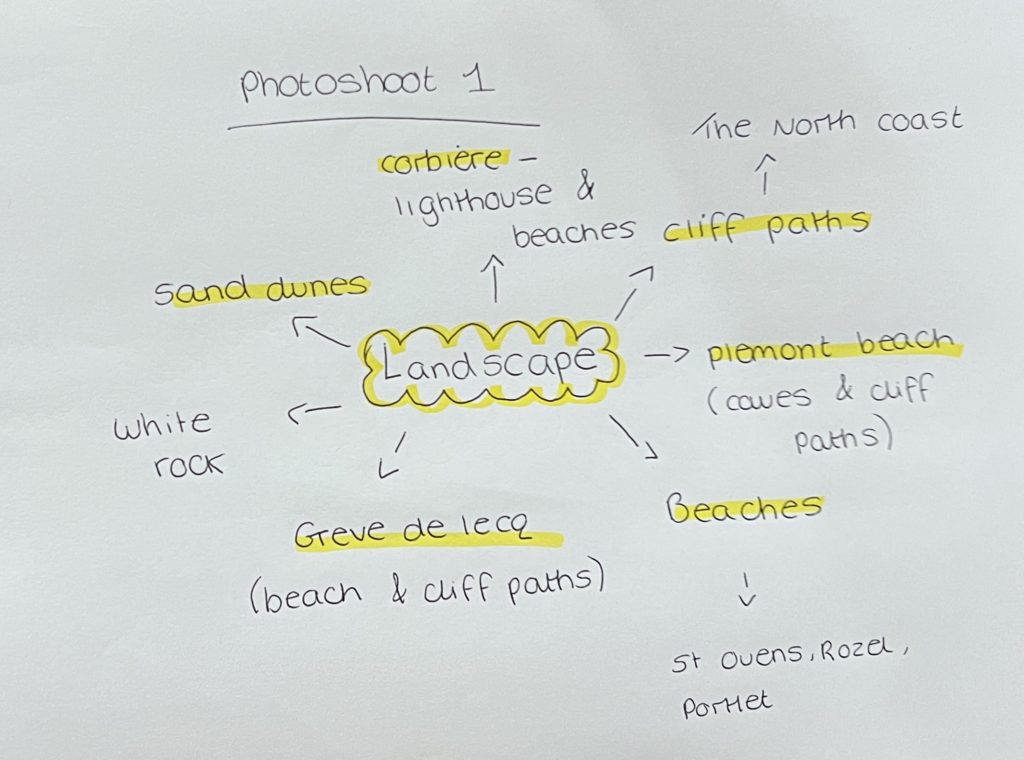
MOOD BOARD
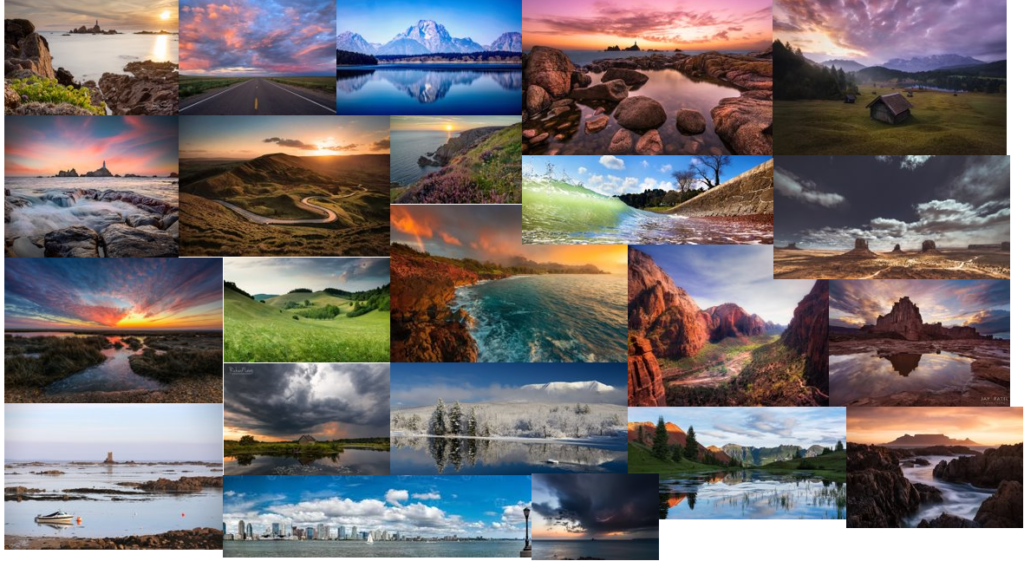
Landscape photography shows the spaces within the world, sometimes vast and unending, but other times microscopic. Landscape photographs typically capture the presence of nature but can also focus on man-made features or disturbances of landscapes. Landscape photography is done for a variety of reasons. Shooting landscapes forces you to get outside and find the beauty around you. Sometimes this means discovering places right in front of your eyes that you just never noticed were beautiful before. Other times this means exploring new places and getting out on a hike or nature walk.
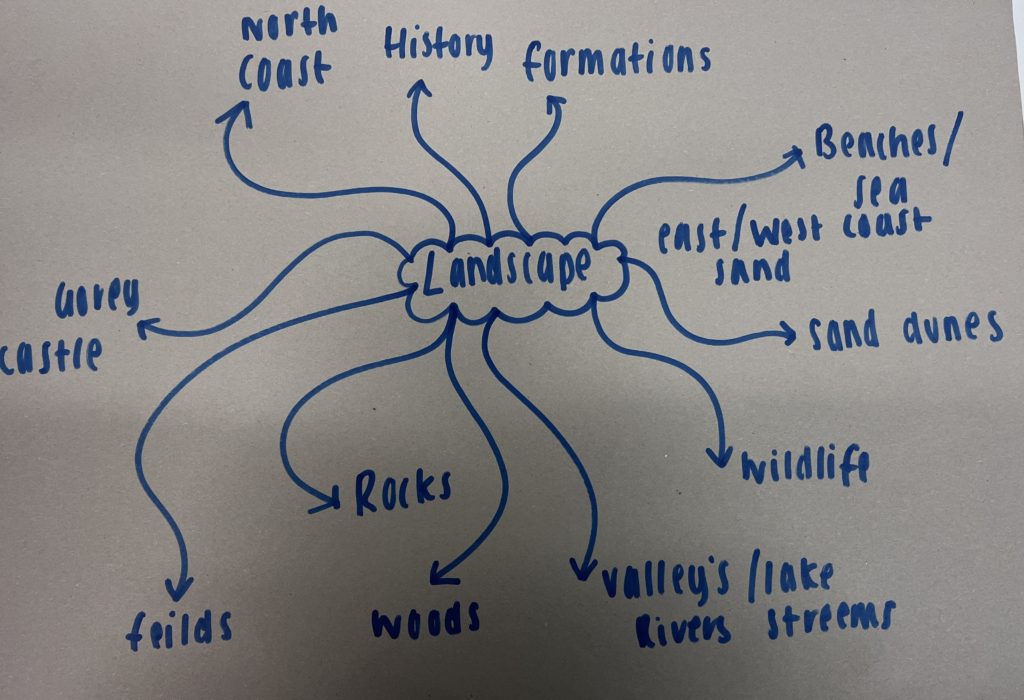
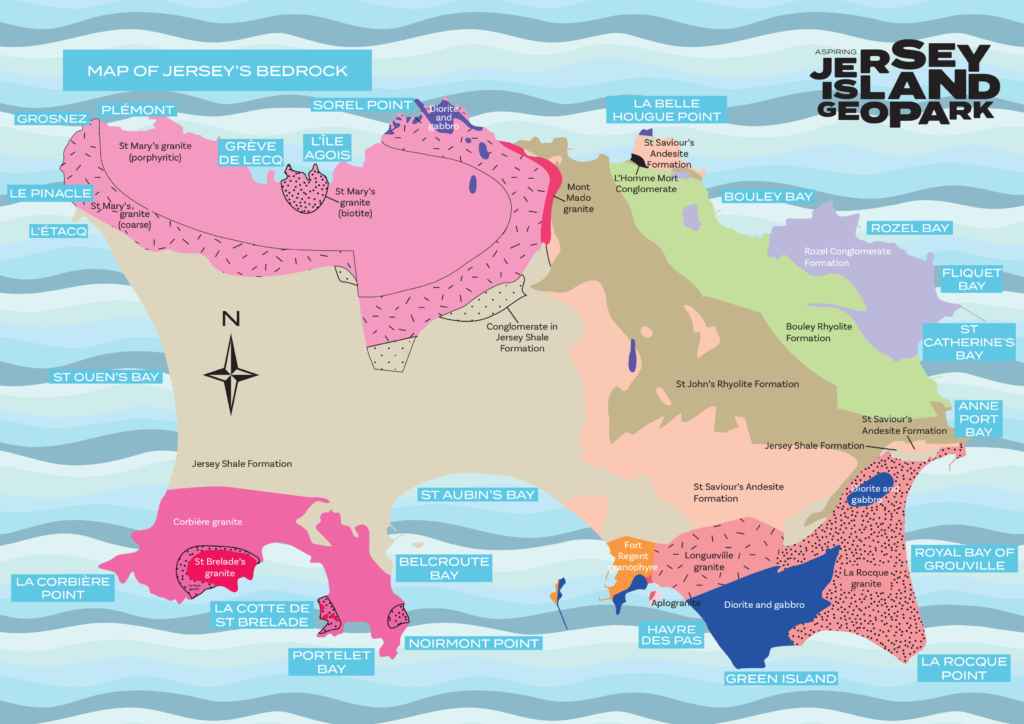
A movement in the arts and literature, emphasizing inspiration, subjectivity, and the primacy of the individual.
Romanticism began in the 18th century western Europe and in most areas was at its peak from 1800-1850. Romanticism gained momentum as an artistic movement in France and Britain in the early decades of the nineteenth century and flourished until mid-century. With its emphasis on the imagination and emotion, Romanticism emerged as a response to the disillusionment with the Enlightenment values of reason and order in the aftermath of the French Revolution of 1789.
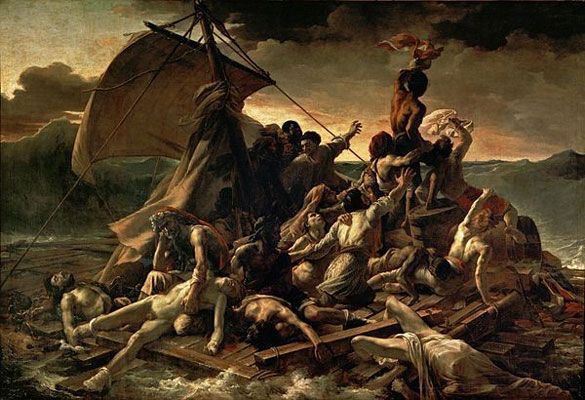
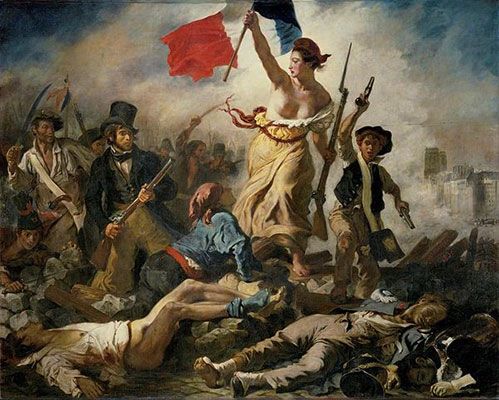
Romanticism, first defined as an aesthetic in literary criticism around 1800, gained momentum as an artistic movement in France and Britain in the early decades of the nineteenth century and flourished until mid-century. With its emphasis on the imagination and emotion, Romanticism emerged as a response to the disillusionment with the Enlightenment values of reason and order in the aftermath of the French Revolution of 1789.
Roger Fenton is a towering figure in the history of photography, the most celebrated and influential photographer in England during the medium’s “golden age” of the 1850s. Before taking up the camera, he studied law in London and painting in Paris.
As a photographer of architecture, Fenton was without equal in England. He assigned himself the task of photographing the major churches and abbeys of Great Britain and, working most often in a format as large as 14 x 18 inches, wedded perfect technique with an unerring ability to choose the precise vantage point and lighting conditions that would best render the smallest details of architecture, convey a sense of monumentality, and imbue his pictures with a Romantic spirit:

Turner is perhaps the best-loved English Romantic artist. He became known as ‘the painter of light’, because of his increasing interest in brilliant colours as the main constituent in his landscapes and seascapes. His works include water colours, oils and engravings.
He dominated British landscape painting in a thoroughly Romantic style which was driven by the immediacy of personal experience, emotion, and the boundless power of imagination.


The Sublime is a western aesthetic concept of ‘the exalted’ of ‘beauty that is grand and dangerous’. The Sublime refers to the wild, unbounded grandeur of nature. The Sublime is related to threat and agony, to spaces where calamities happen or things run beyond human control.

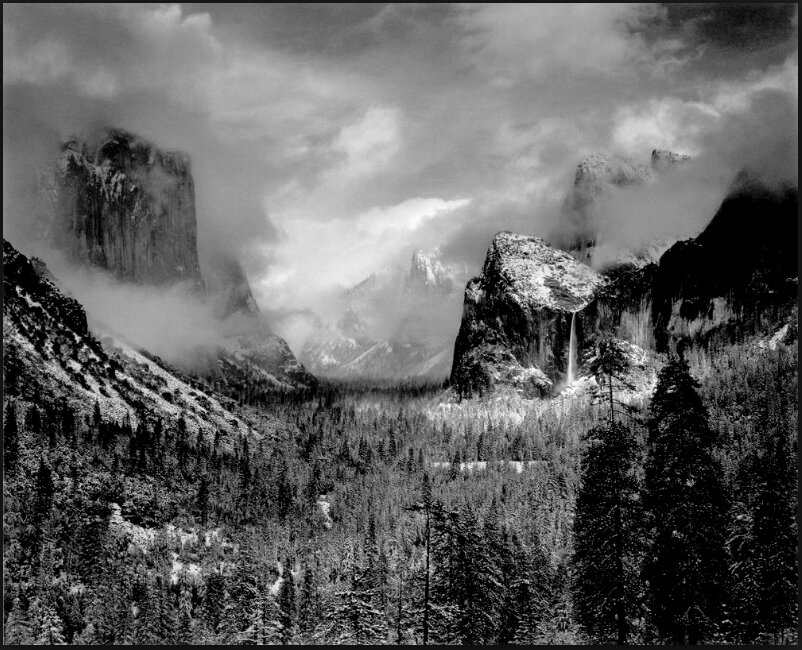
The sublime landscape is defined as having the quality of such greatness, magnitude or intensity, whether physical, metaphysical, moral, aesthetic or spiritual, that our ability to perceive or comprehend it is temporarily overwhelmed.
Edmund Burke’s Philosophical Enquiry (1757) connected the sublime with experiences of awe, terror and danger. Burke saw nature as the most sublime object, capable of generating the strongest sensations in its beholders. This Romantic conception of the sublime proved influential for several generations of artists.
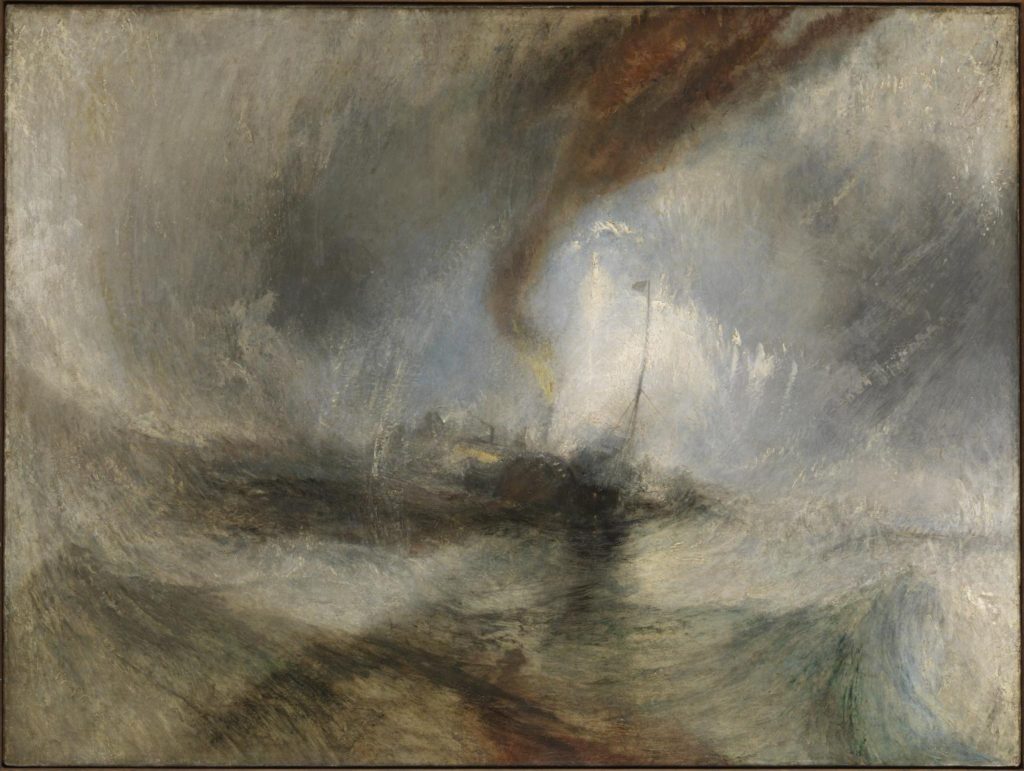
A photomontage is known to be a combination of several photographs joined together for artistic effect or to show more of the subject than can be shown in a single photograph.
Heartfield was known as “one of the most important European artists who had created himself, the field of photomontage”. The social and political impact of Heartfield’s images has also inspired subsequent artists.
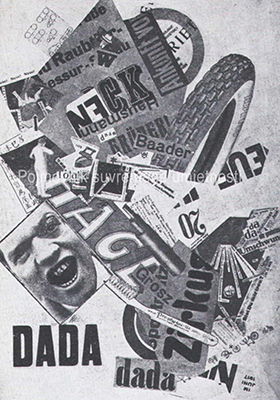
Examples of photomontage:
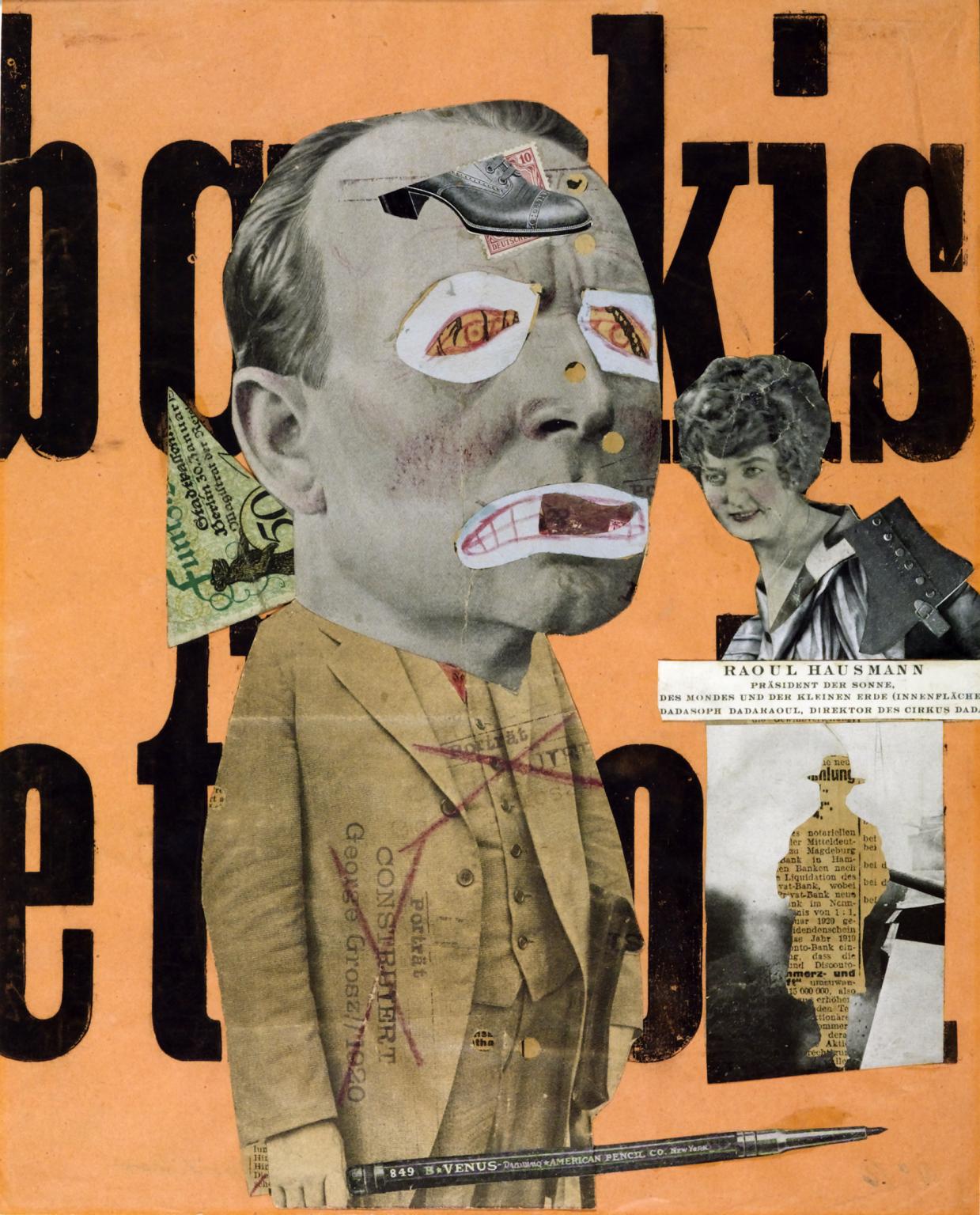
Raoul Haussman
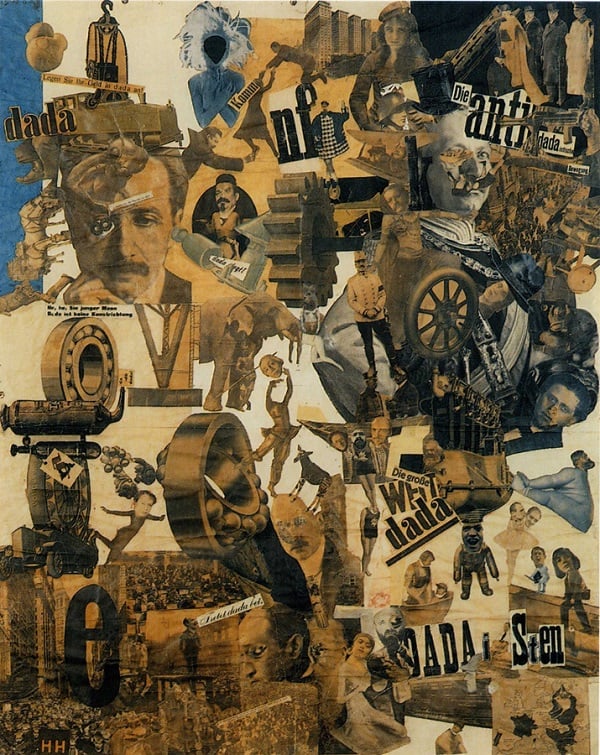
Hannah Hoch
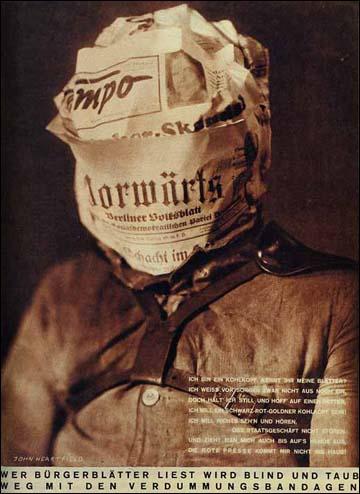
John Heartfield

Aleksander Rodchenko
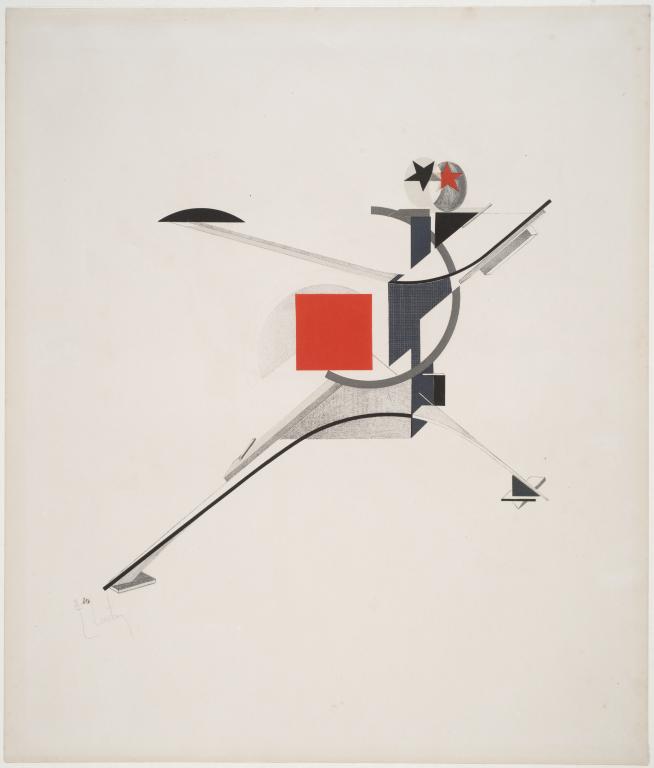
El Lissisky
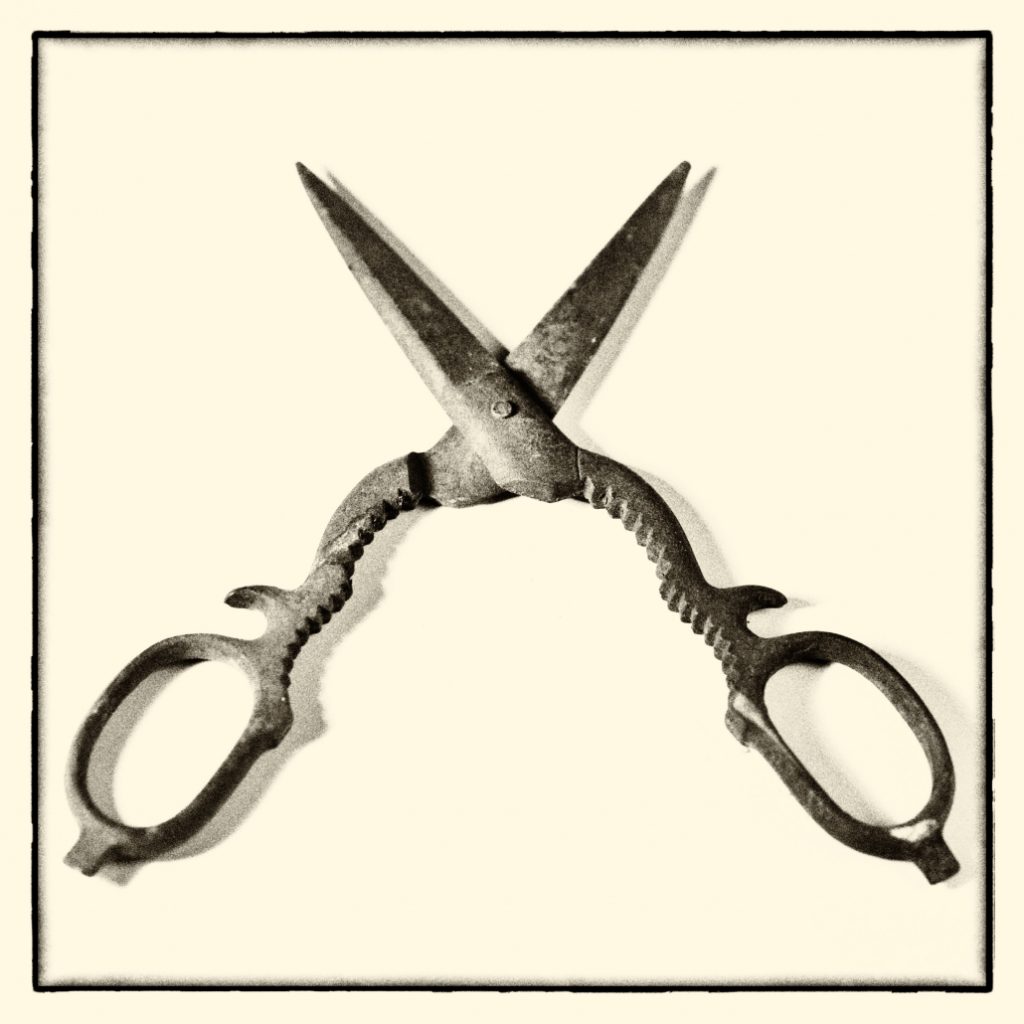
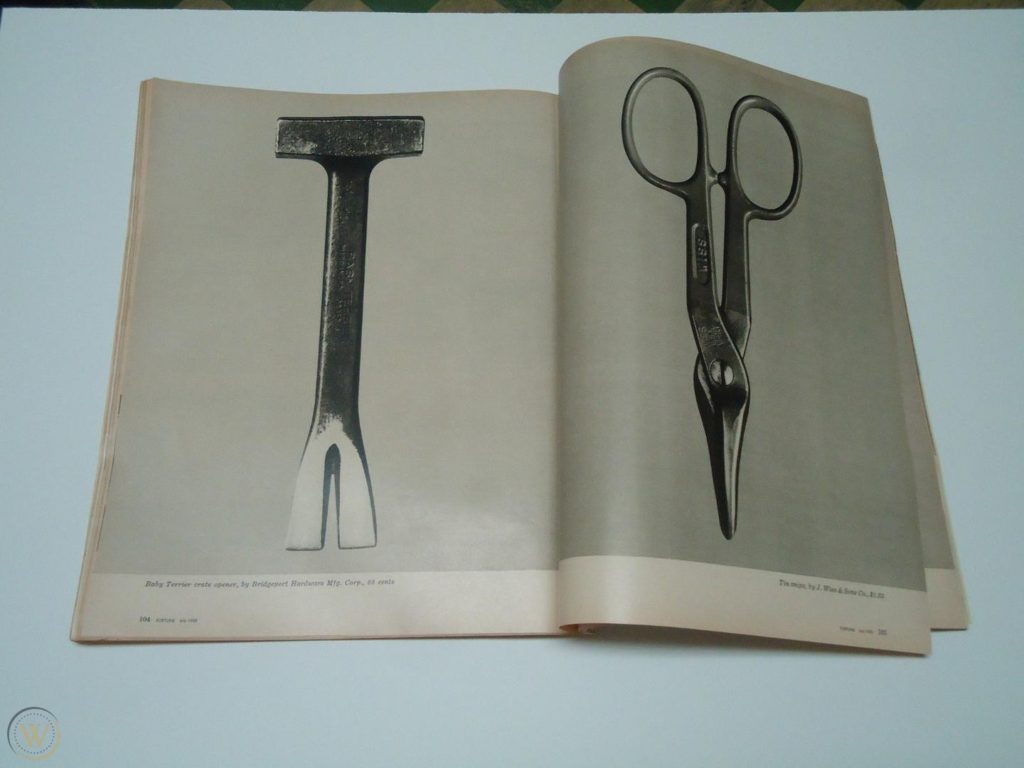
Walker Evans is one of the most influential artists of the twentieth century. His elegant, crystal-clear photographs and articulate publications have inspired several generations of artists. He took up the camera and gradually redirected his aesthetic impulses to bring the strategies of literature—lyricism, irony, incisive description, and narrative structure into the medium of photography.
Most of Evans’ early photographs reveal the influence of European modernism, specifically its formalism and emphasis on dynamic graphic structures.
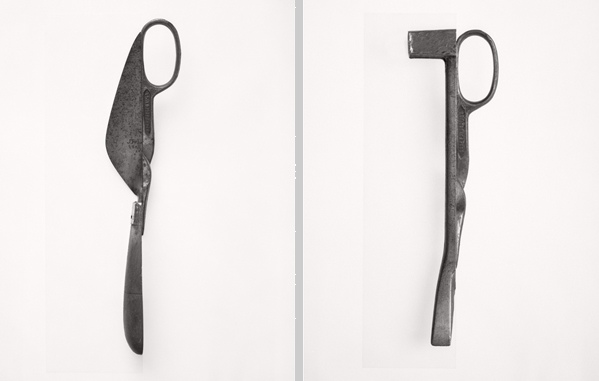
The Ravestijn Gallery presents the works of Darren Harvey-Regan, a photographer interested in the concept that photographs do not exist just to show things, but are physical things that become objects themselves.
In 1955, Fortune magazine published, ‘Beauties of the Common Tool’, a portfolio by Walker Evans featuring pictures of ordinary hand-made tools, such as a ratchet wrench and a pair of scissors.
Harvey-Regan was inspired by Evan’s work and first constructed a montage of Evans’s images to make new forms. He then sourced matching tools, cut them in half and re-joined various halves together, with the resulting physical objects being photographed to create his final work. The montaged tools become both beautiful and bizarre objects, in which a ratchet wrench is combined with a pair of pliers and a Mason’s trowel joined with a pair of scissors.
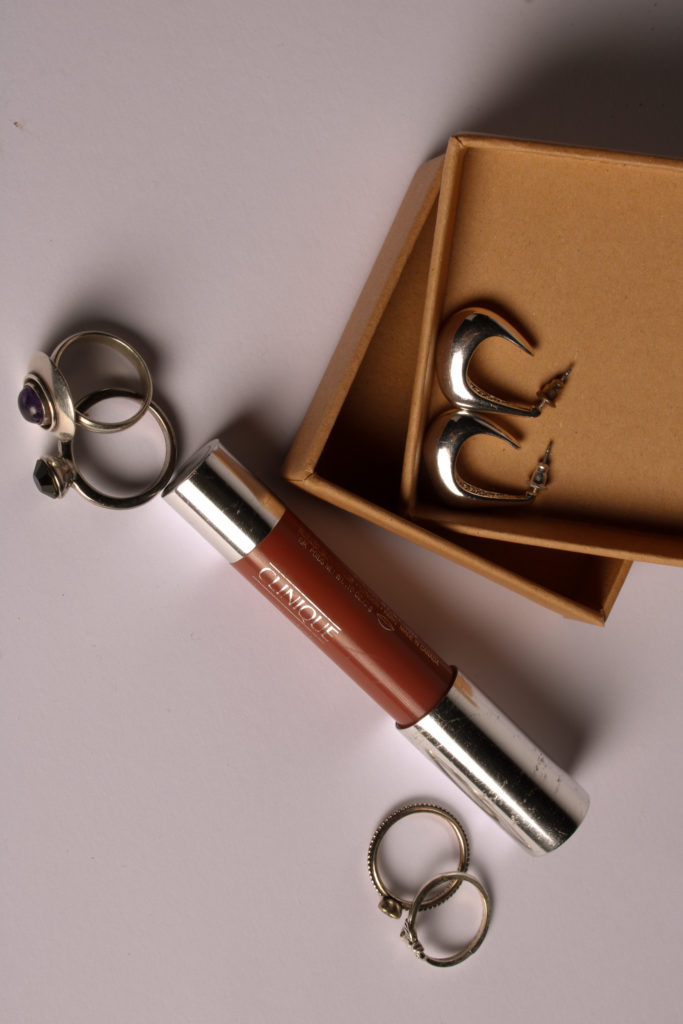
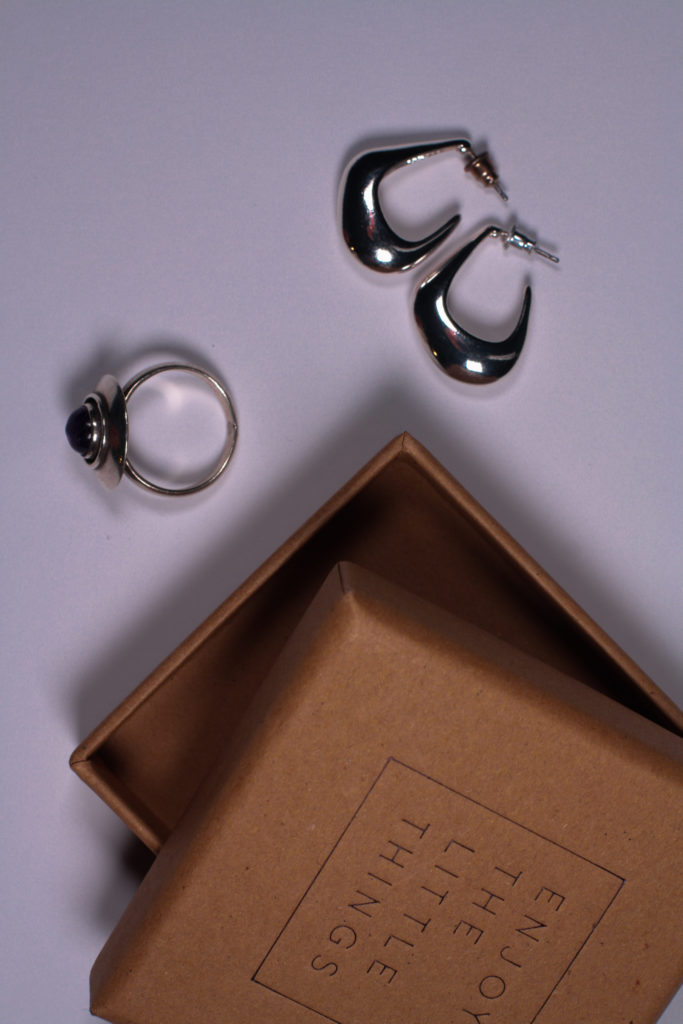
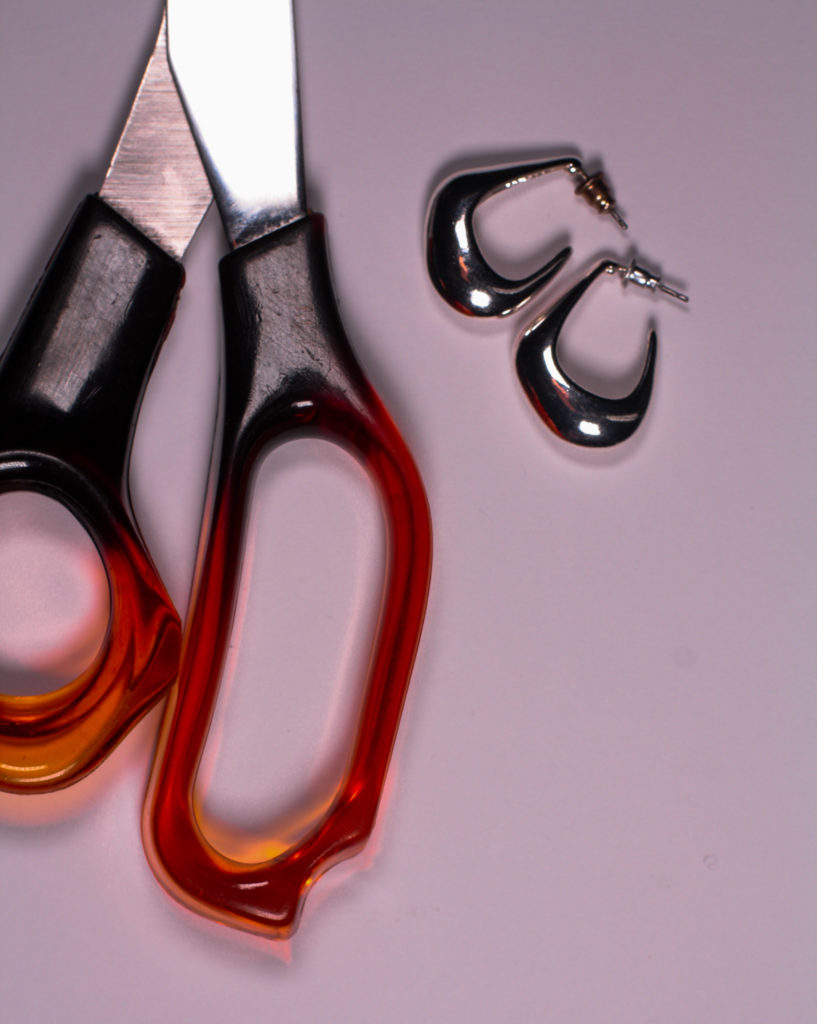


what type of photography does she do?
Mary Ellen Bartley is known for her photographs exploring the tactile and formal qualities of the printed book, and its potential for abstraction. Bartley’s work concerns itself with geometry and pure form; painterly in style, her photos also invite curiosity about the layered histories of the books themselves. Her photos are alive with questions – about what we do and don’t see and the stories we tell. Yet the spirit of her work provides a reflective response, a respite, from a noisy and chaotic world.

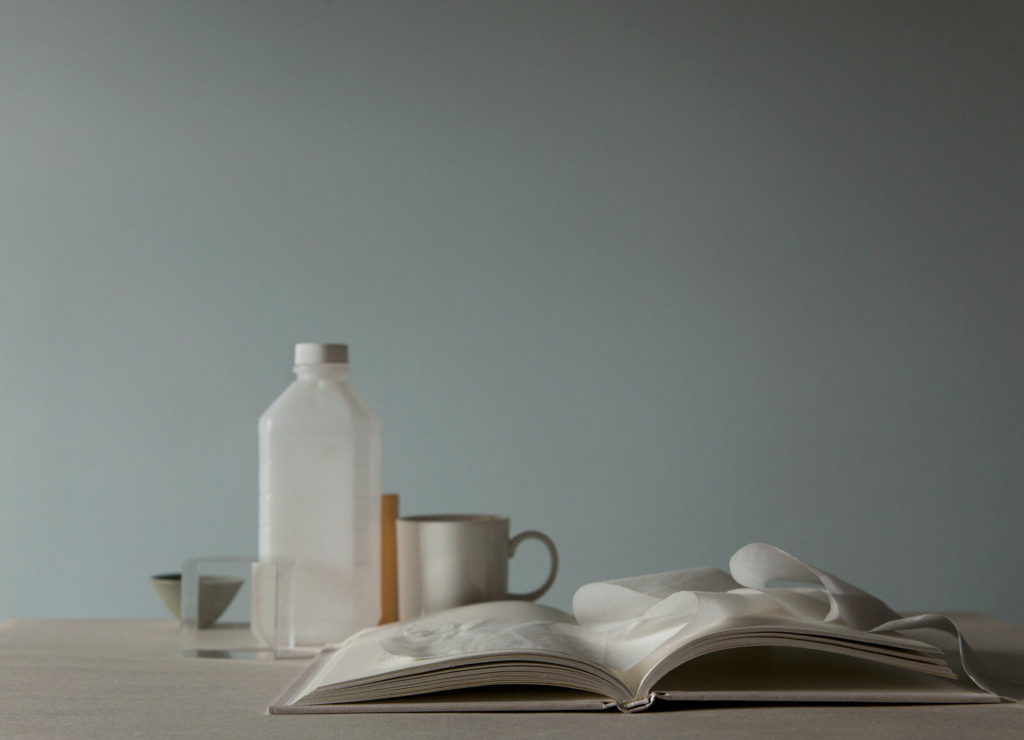
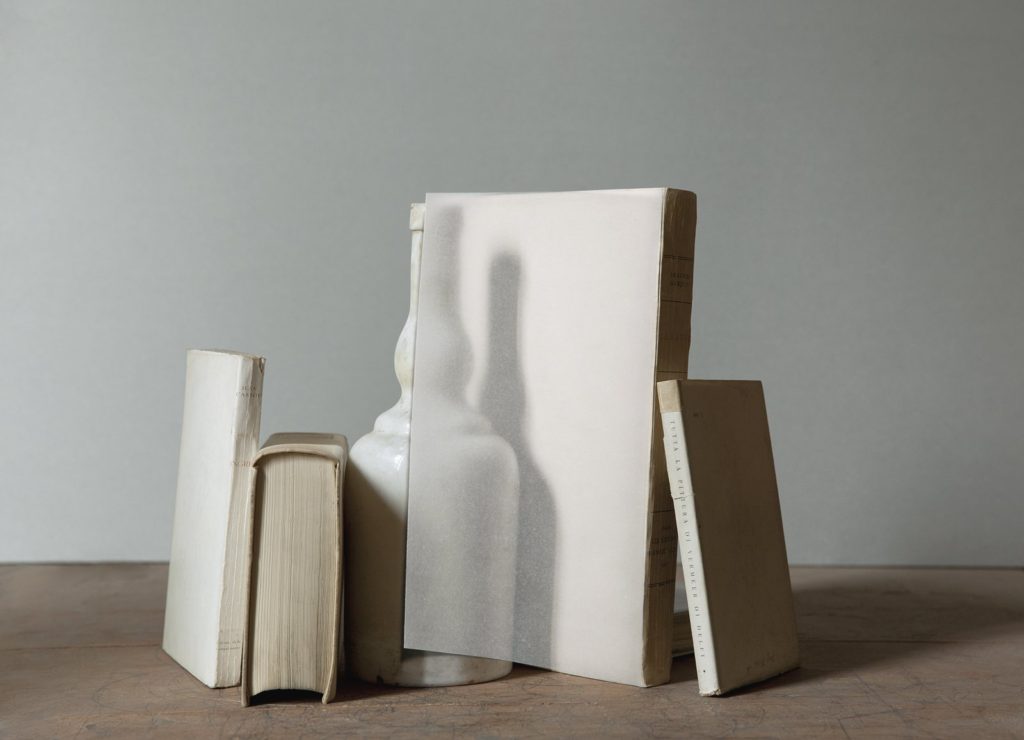
Bartley chose a set of seven common household items, and committed to photographing them each day for the thirty days of April. Her seven elements remained recognizable but were detached from their everyday function, serving instead as an exploration of form and process. Experimenting with exposure, depth of focus and subtle variations in light and shadow, Bartley transformed the quotidian objects into moments of stilled time

This is my favourite image from her ‘7 things again and again’ as she has been creative with the objects and not just placed them in a different way, but manipulated the book and used a page from it to create a shadow of the object behind it.
These are my final chosen images from the single object photoshoot.
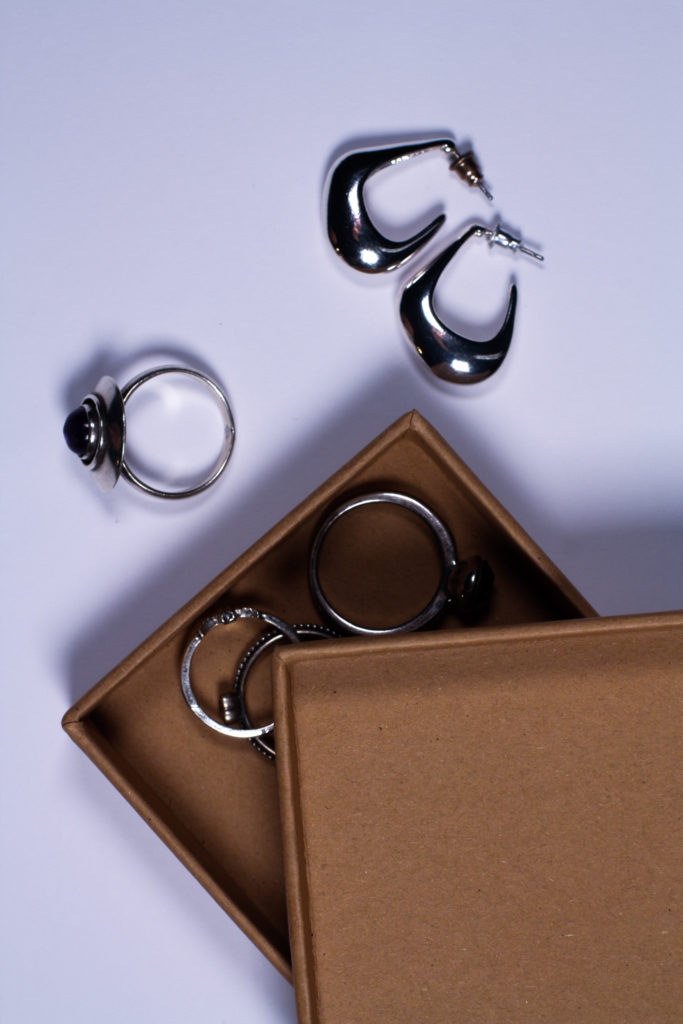
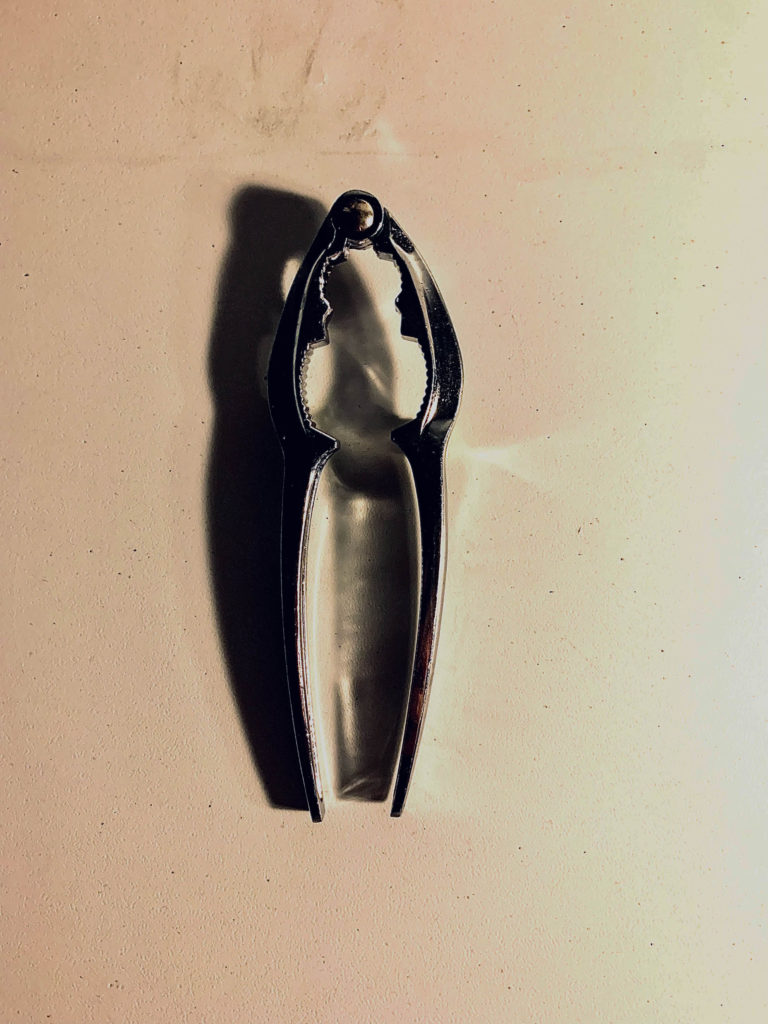

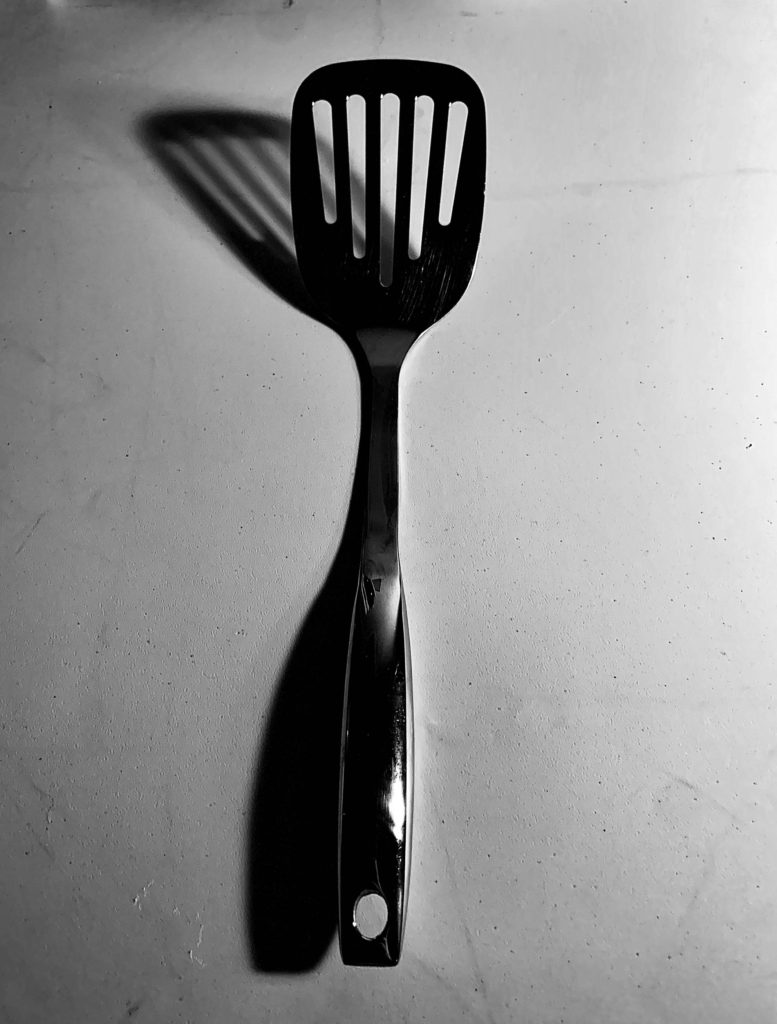

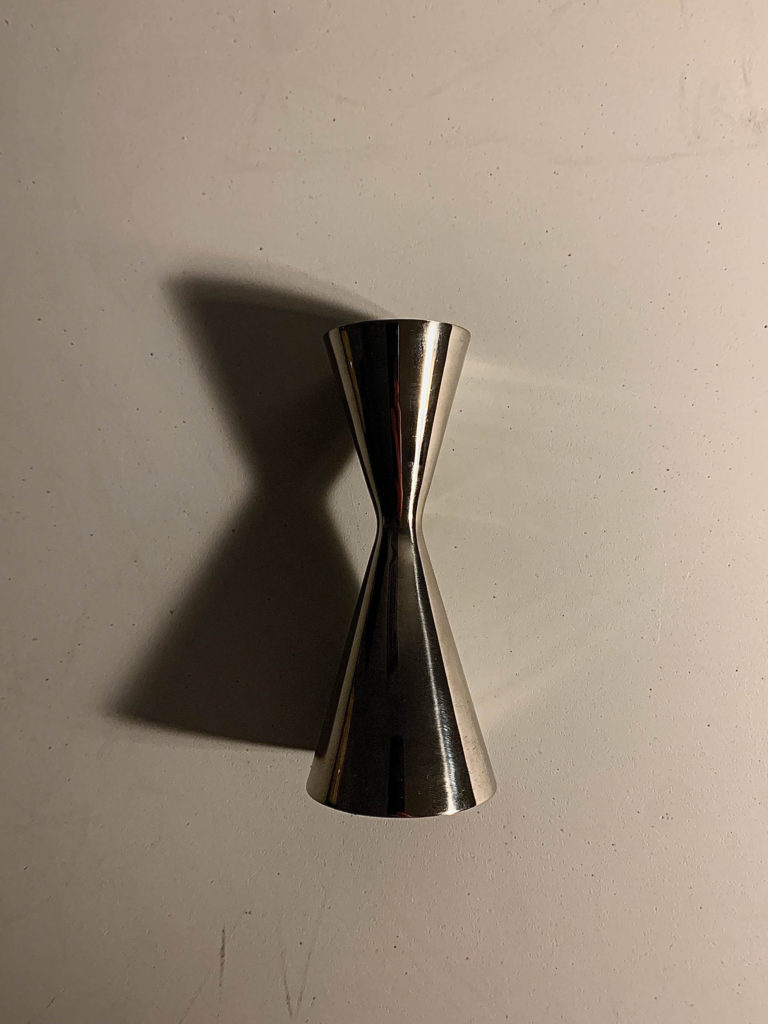
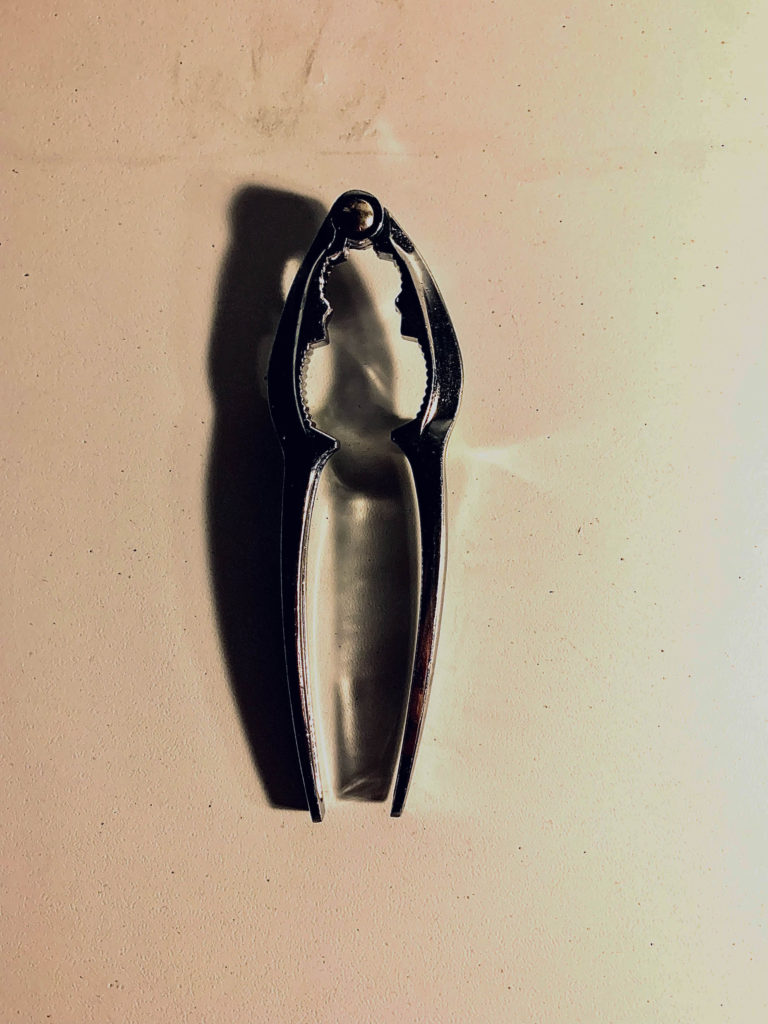
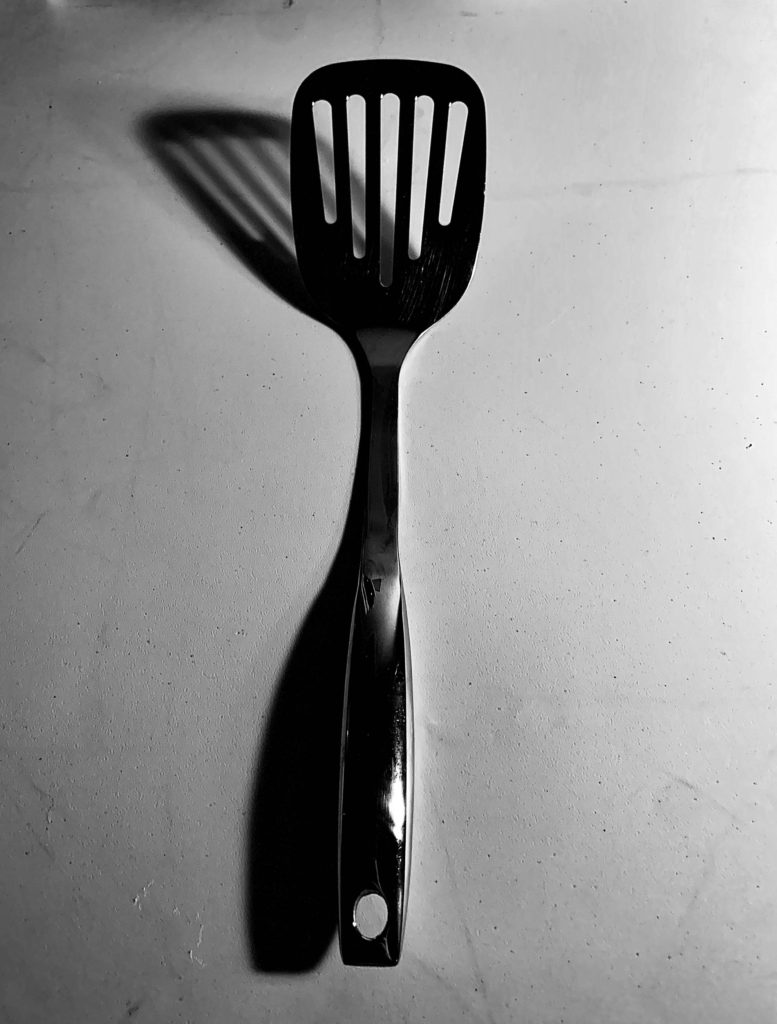
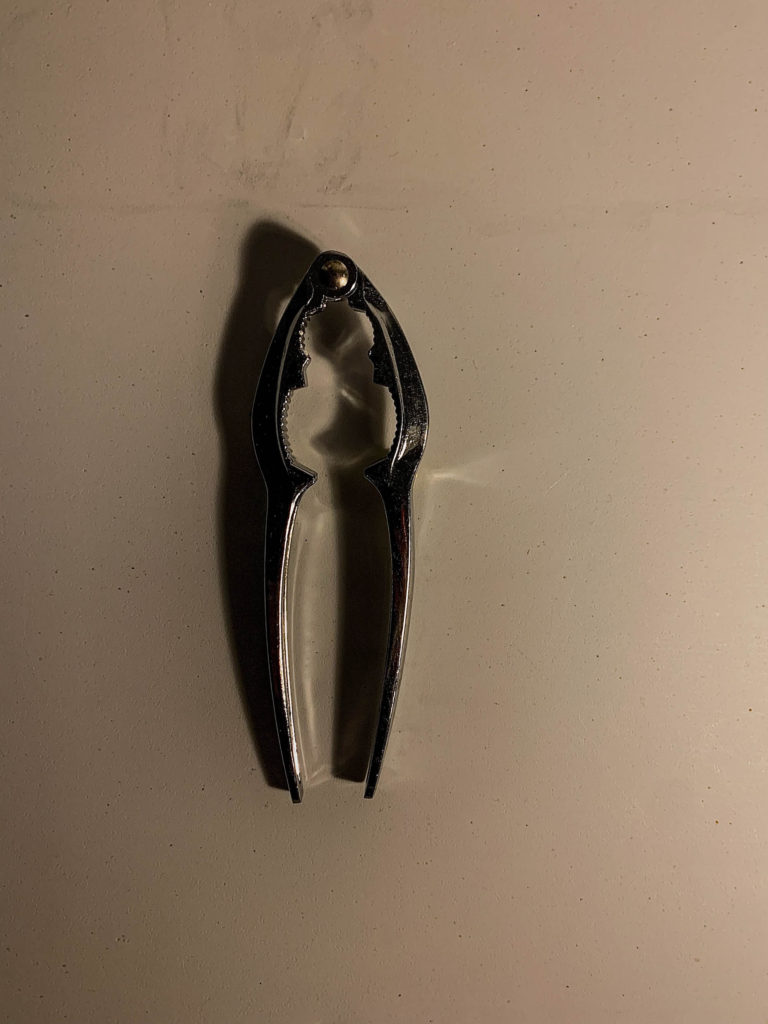


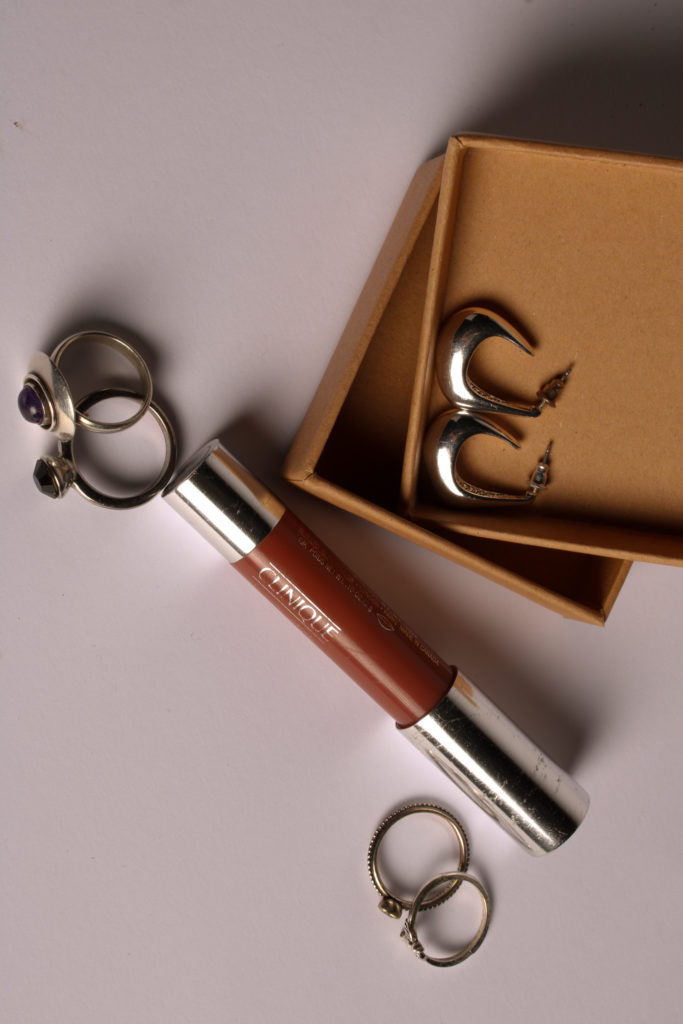
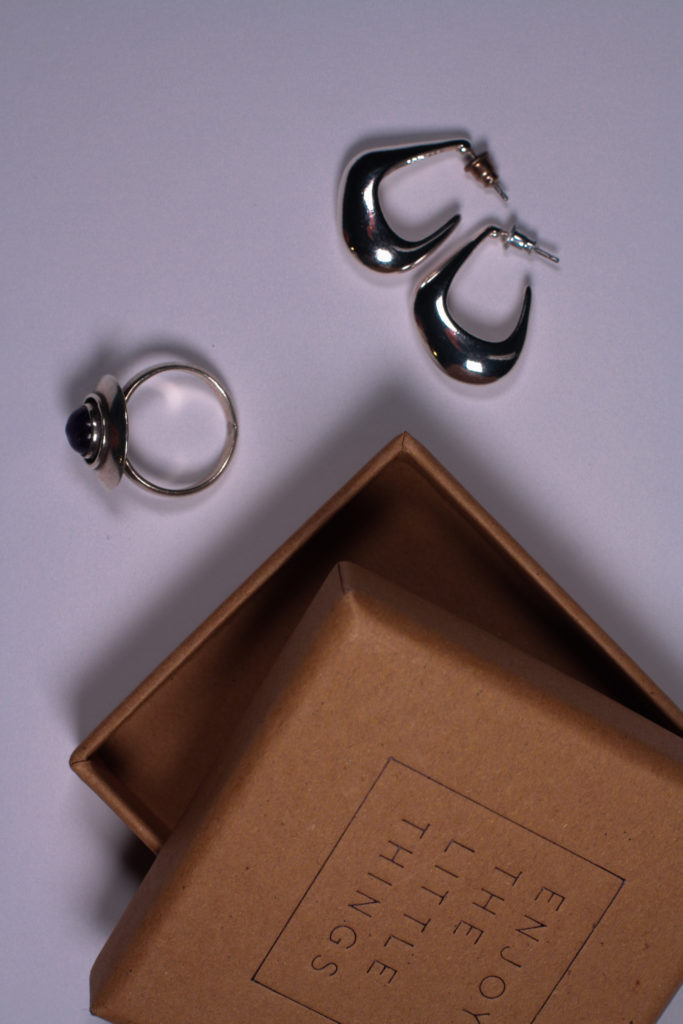
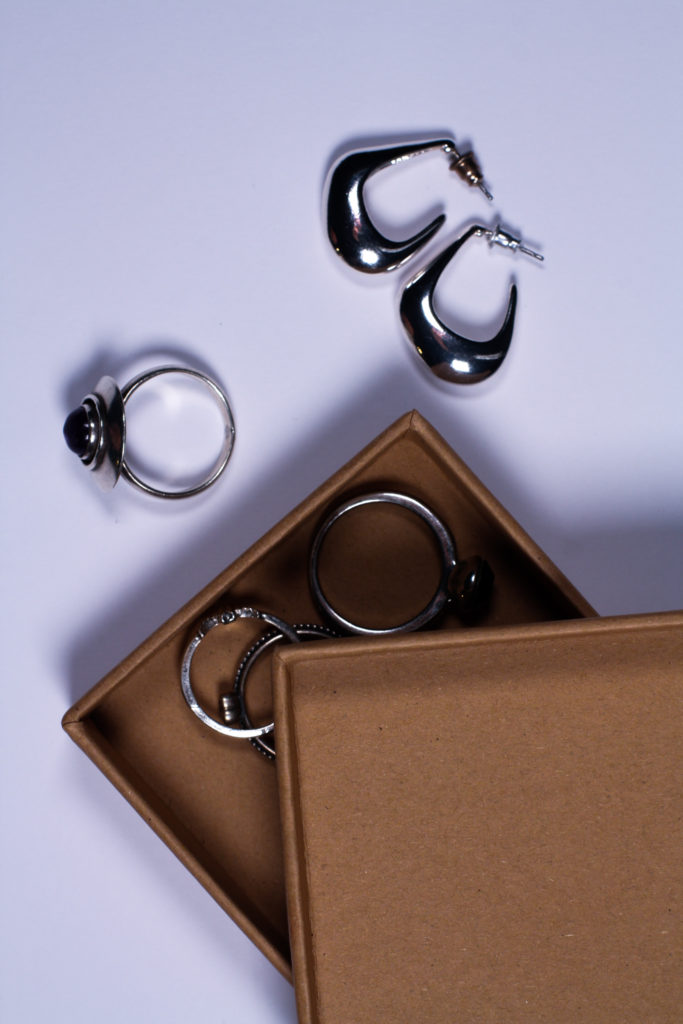
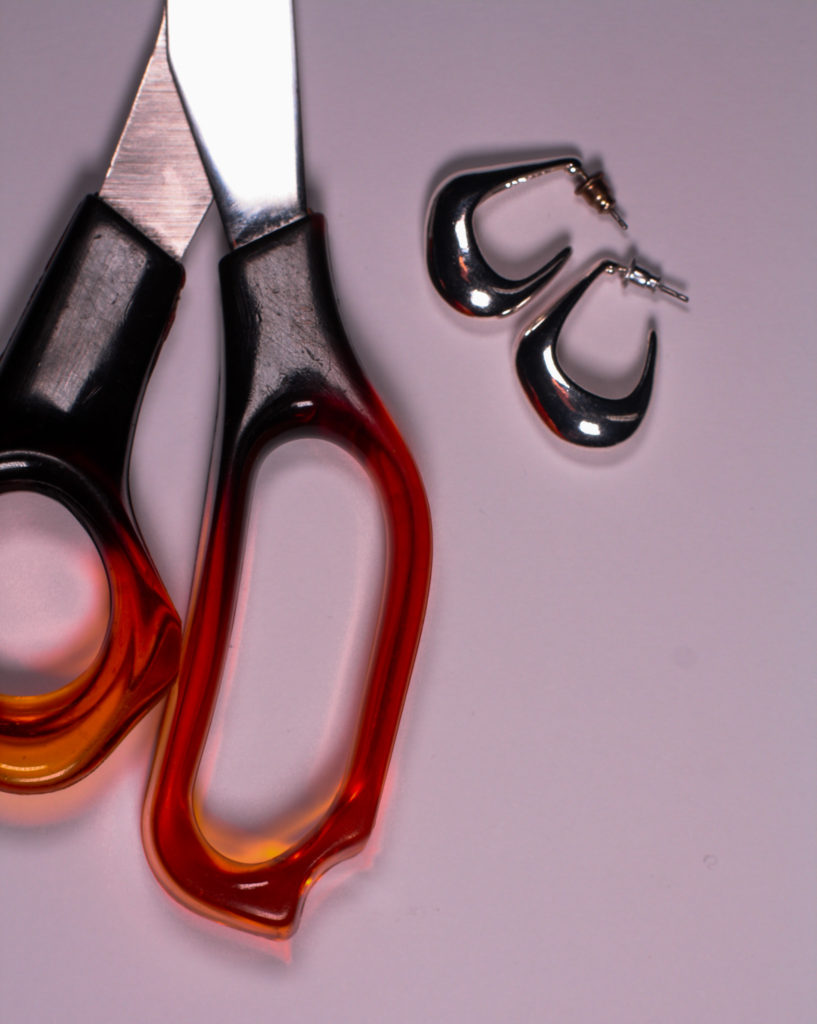

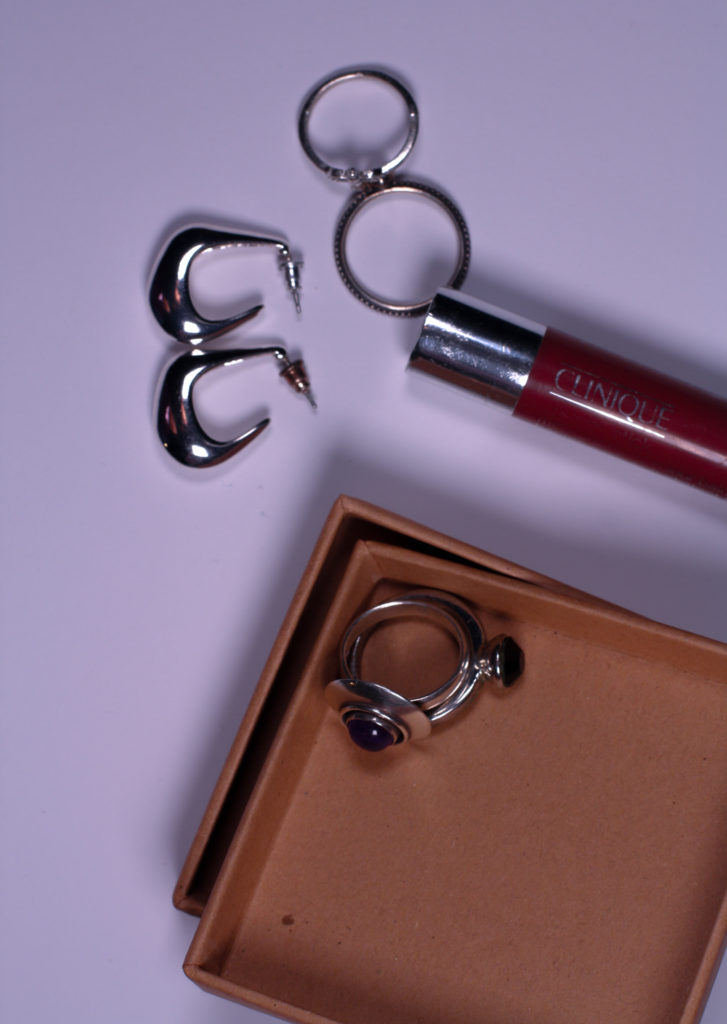
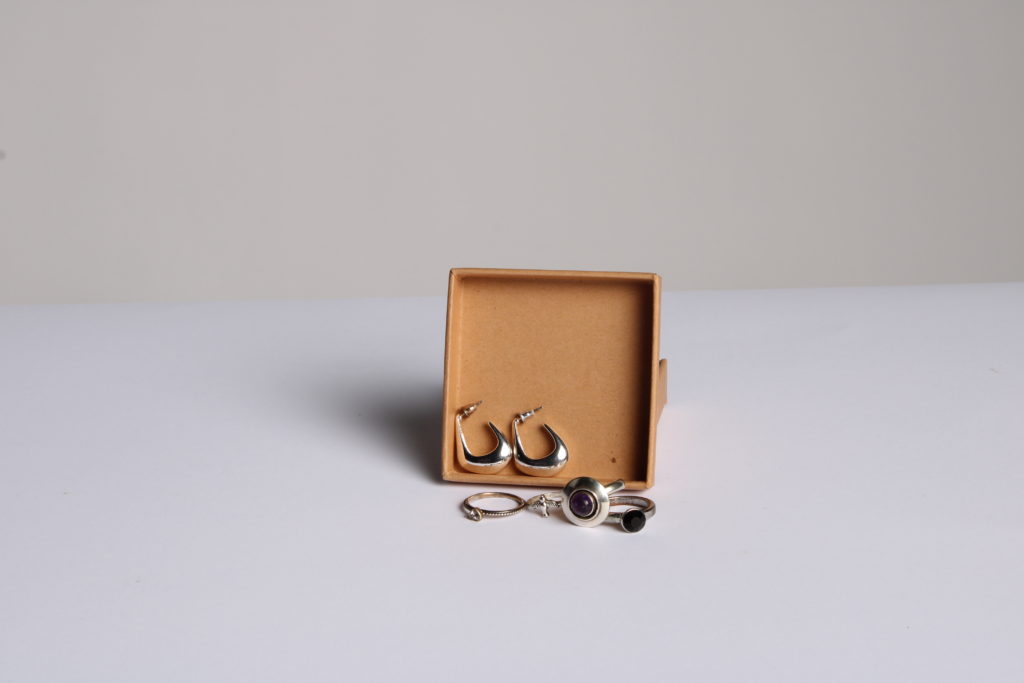
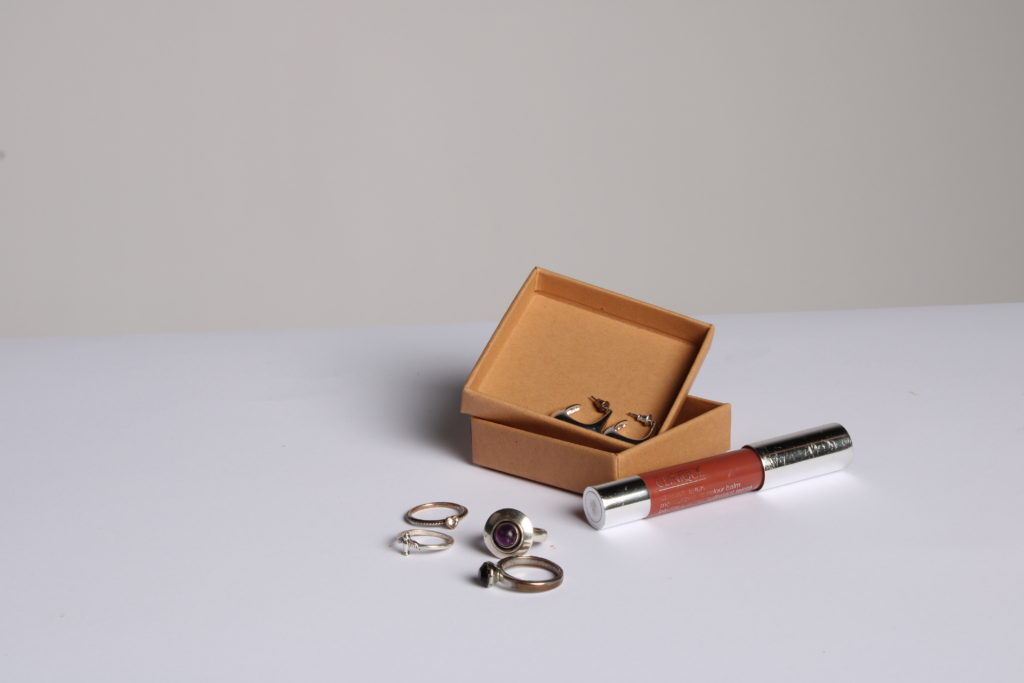
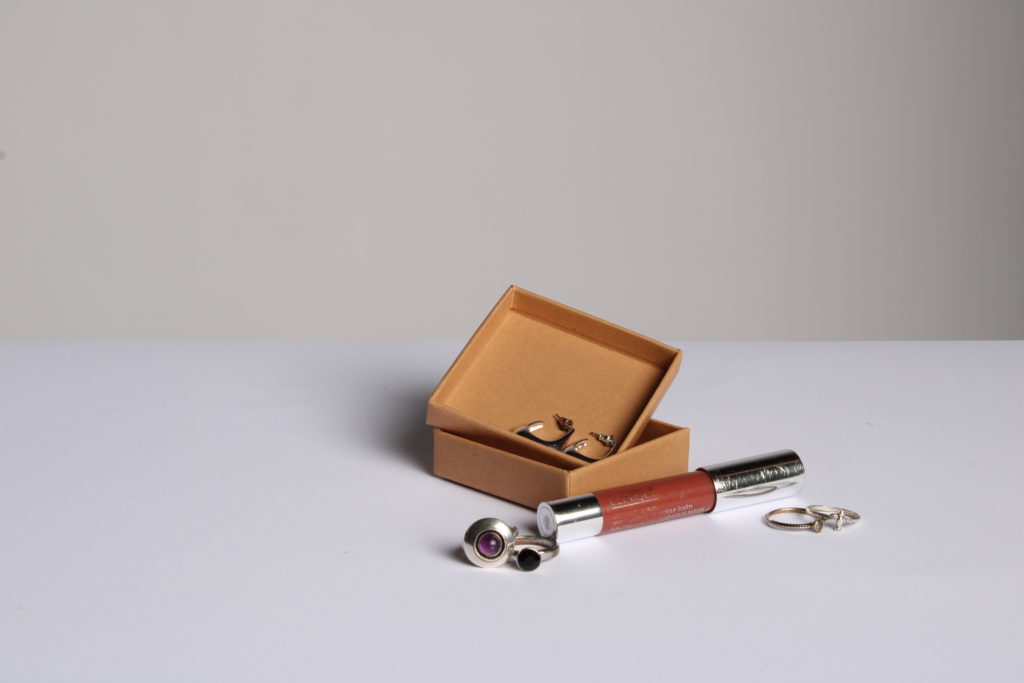

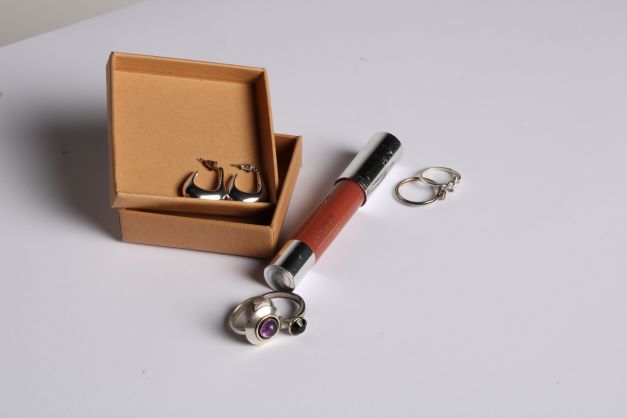




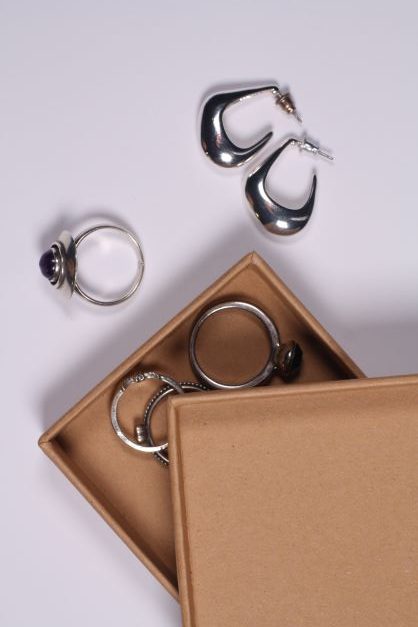



First I chose my background

Next I had to open the image I used as my first layer

Then I used the ‘rectangular marquee’

I ‘cleared’ the half I didn’t want in the image
